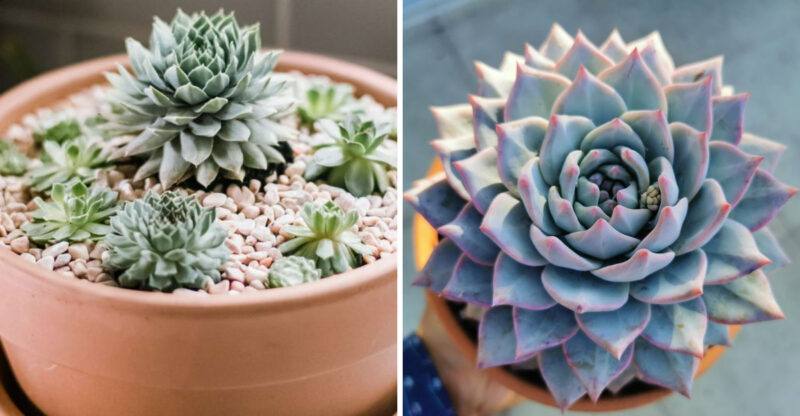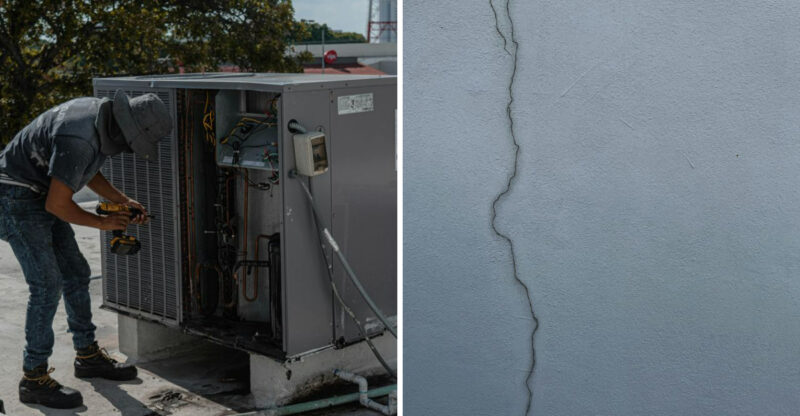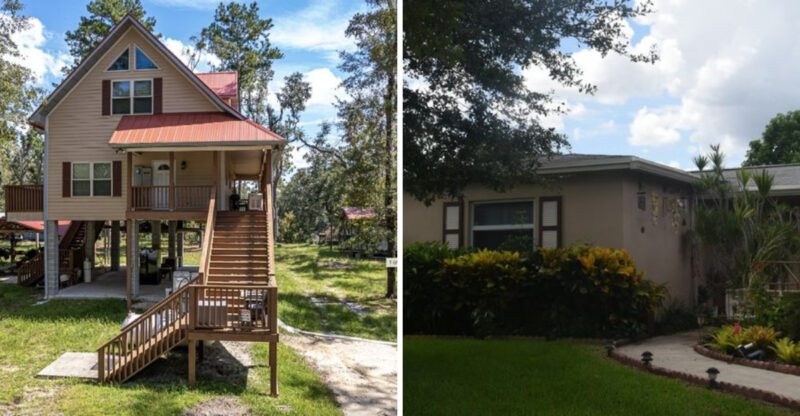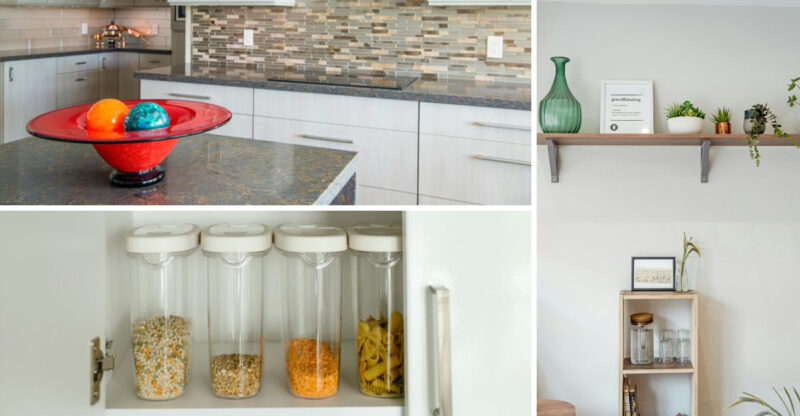25 Low-Light Plants Perfect For Florida’s Humid Homes
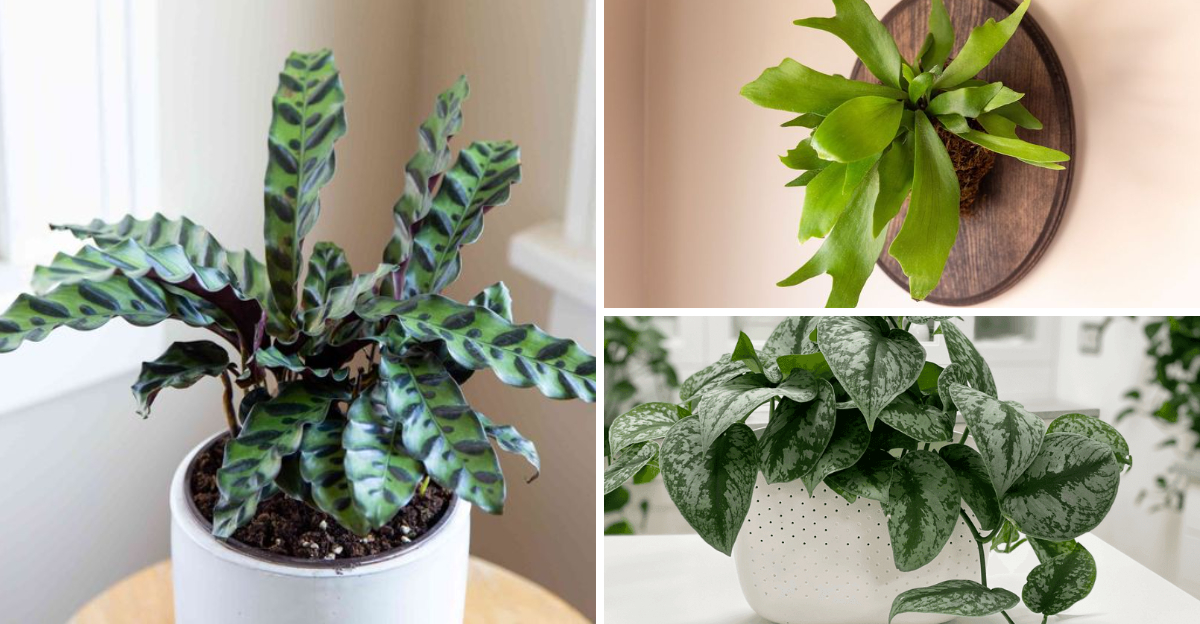
Living in Florida means dealing with intense sunshine outside, but inside your home? That’s a different story. Many rooms lack bright natural light, making it tricky to keep plants happy.
Good news: plenty of gorgeous greenery thrives in dim corners and loves the sticky, humid air that Florida homes naturally provide!
1. Snake Plant
Nearly indestructible, this spiky beauty handles neglect like a champ. It stores water in its thick leaves, so you can forget to water it for weeks without guilt. Perfect for beginners who destroy every plant they touch!
Florida’s humidity makes this plant even happier since it originally comes from dry African regions. Place it in any corner, even bathrooms with zero windows. You’ll see new shoots popping up when it feels at home.
2. Pothos
Vines tumble down like a green waterfall, making any space look lush instantly. Growth happens fast, sometimes adding inches every week during warm months. Trim it back and stick cuttings in water to grow freebies for friends!
Humidity is this plant’s best friend, so Florida homes feel like paradise to it. Keep it away from direct sun, which scorches those pretty leaves. Brown edges mean it needs more moisture in the air or soil.
3. ZZ Plant
Shiny leaves look almost fake because they’re so perfectly waxy and bright. This tough cookie survives in offices with fluorescent lights and no windows. Slow growth means you won’t need to repot it constantly, saving you effort.
Rhizomes underground store tons of water, making drought tolerance legendary. Florida’s natural humidity keeps those leaves extra glossy without misting. Yellow leaves signal overwatering, so let the soil dry completely between drinks.
4. Peace Lily
White blooms emerge like elegant flags above dark foliage, bringing sophistication to any room. Flowers can last for weeks, giving you long-lasting beauty with minimal effort. Droopy leaves tell you it’s thirsty, then perk right back up after watering.
High humidity makes this tropical native absolutely thrive in Florida homes. Bathrooms with low light become perfect spots for peace lilies. Wipe dust off leaves monthly so they can breathe and photosynthesize properly.
5. Cast Iron Plant
Named for its toughness, this plant laughs at neglect and poor conditions. Dark green blades grow slowly but steadily, creating elegant vertical lines. Forget about it for weeks and it’ll still look fantastic when you remember it exists!
Deep shade doesn’t bother it one bit, making hallways and closets fair game. Florida’s humidity keeps leaves from developing crispy tips. Dust buildup is the only real enemy, so wipe leaves down occasionally.
6. Chinese Evergreen
Patterns on the leaves look hand-painted, with silver, pink, or red splashes across green. Varieties range from subtle to wildly colorful, letting you pick your vibe. New leaves unfurl slowly, revealing their patterns bit by bit like unwrapping a gift.
Humidity-loving roots adore Florida’s sticky air, reducing brown leaf edges. Avoid cold drafts from air conditioning, which can shock tropical plants. Rotate the pot monthly so all sides get equal light exposure.
7. Parlor Palm
Delicate fronds bring tropical vibes without needing a sunny spot. Victorians loved this palm for dim parlors, hence the charming name. Growth stays compact, rarely exceeding four feet indoors, making it apartment-friendly.
Humidity prevents brown tips that plague palms in dry climates. Mist occasionally or place near other plants to boost moisture levels further. Yellow fronds at the bottom are normal aging, so just snip them off.
8. Spider Plant
Baby plantlets dangle from long stems like little green spiders on silk threads. Kids love watching these babies develop and can help you pot them up. Arching leaves create a fountain effect that softens any hard corner.
Humidity keeps leaf tips from browning, a common complaint in dry regions. Bright indirect light is ideal, but it tolerates shadier spots just fine. Babies appear when the plant feels happy and mature enough to reproduce.
9. Boston Fern
Feathery fronds cascade down like a green fountain, creating instant jungle vibes. This classic Victorian favorite thrives in Florida’s naturally humid air. Bathrooms and covered porches become perfect homes for these moisture-loving beauties.
Consistent moisture in the soil keeps fronds from turning crispy and brown. Mist regularly or place on a pebble tray filled with water. Trim dead fronds at the base to encourage fresh growth throughout the year.
10. Bird’s Nest Fern
Wavy fronds unfurl from a central rosette, resembling a bird’s nest perfectly. Bright green leaves look almost neon in dim light, adding cheerful color. New growth emerges from the center as tightly coiled fiddleheads that slowly open.
Humidity makes this fern incredibly happy since it’s native to tropical rainforests. Avoid getting water in the center rosette, which can cause rot. Wipe leaves gently to remove dust and keep them looking shiny and fresh.
11. Philodendron
Heart-shaped leaves grow large and glossy, creating bold tropical statements. Dozens of varieties exist, from climbing to self-heading types, giving you options. Fast growth means you’ll see results quickly, which keeps plant parents motivated!
Florida’s humidity mimics its native rainforest environment perfectly. Climbing varieties need support like moss poles or trellises. Yellowing leaves usually mean too much water, so let soil dry slightly between waterings.
12. Bamboo Palm
Clusters of reed-like stems create a bamboo appearance without the invasive spreading. Feathery fronds arch gracefully, softening modern furniture and hard angles. Height can reach six feet indoors, making dramatic floor plant statements.
Humidity prevents the dreaded brown tips that plague most palms. Keep soil consistently moist but never soggy or waterlogged. Wipe leaves monthly to prevent dust buildup that blocks light absorption.
13. Heartleaf Philodendron
Small heart-shaped leaves trail elegantly from shelves and hanging baskets. Vines can grow incredibly long, sometimes reaching ten feet or more. Pinch back growing tips to encourage bushier growth instead of leggy vines.
Humidity keeps this easy-care plant thriving with minimal fuss. Root cuttings in water to multiply your collection or share with neighbors. Brown spots indicate overwatering, while yellow leaves suggest it needs more nutrients.
14. Dracaena
Sword-like leaves grow in rosettes atop woody stems, creating architectural interest. Varieties offer stripes in cream, yellow, or red alongside green. Slow growth means less maintenance and repotting over the years.
Humidity prevents leaf tips from browning, a common issue in dry climates. Fluoride in tap water can cause tip burn, so use filtered water. Remove lower leaves as they yellow naturally with age and new growth appears.
15. Calathea
Leaves showcase intricate patterns that look hand-painted by nature’s finest artist. Colors range from deep purple undersides to pink stripes and silvery markings. Leaves fold up at night and open during the day, creating living movement.
High humidity is absolutely essential for these divas to thrive. Mist daily or use a humidifier to prevent crispy leaf edges. Filtered water prevents brown spots caused by chemicals in tap water.
16. Staghorn Fern
Antler-shaped fronds grow from a central shield that clings to mounting surfaces. Mounted on wood, these ferns become living wall art that guests admire. Fuzzy white coating on new growth protects tender tissue from damage.
Humidity makes these epiphytes incredibly happy since they grow on trees naturally. Soak the entire mount in water weekly until fully saturated. Brown shield leaves are normal and protect roots, so never remove them.
17. Maidenhair Fern
Delicate fronds look impossibly lacy and fragile on wire-thin black stems. This fern has a reputation for being fussy, but humidity solves most problems. Consistent moisture and high humidity keep fronds looking fresh and green.
Florida’s natural humidity makes growing this beauty much easier than elsewhere. Never let the soil dry out completely or fronds will crisp instantly. Place in bathrooms or near other plants to maintain moisture levels naturally.
18. Aspidistra
Broad leaves emerge directly from the soil on long stems, creating clean lines. Victorian homes featured this plant in dark corners and coal-heated rooms. Modern homes benefit from its tolerance of neglect and poor conditions.
Deep shade doesn’t faze this champion of low-light survival. Humidity keeps leaves looking glossy and prevents brown tips. Slow growth means you’ll rarely need to repot or divide it over years.
19. Alocasia
Dramatic arrow-shaped leaves feature prominent veins that create stunning patterns. Some varieties have dark, almost black leaves with contrasting veins. Large leaves make bold statements even in small spaces or corners.
Humidity is crucial for preventing leaf edges from turning brown and crispy. Keep soil consistently moist during growing season but reduce watering in winter. Wipe leaves weekly to remove dust and check for pests hiding underneath.
20. Ponytail Palm
Swollen trunk base stores water like a natural reservoir for dry times. Long thin leaves cascade down like a ponytail, giving this plant its fun name. Actually a succulent, not a palm, making it extremely drought-tolerant and forgiving.
Humidity doesn’t bother it, but it doesn’t require it either, making it versatile. Let soil dry completely between waterings to prevent root rot. Slow growth means you won’t need to repot frequently or prune often.
21. Prayer Plant (Maranta)
Leaves fold upward at night like hands in prayer, creating fascinating movement. Patterns feature red veins against light green with dark green splotches. Compact growth makes it perfect for desks, shelves, or small spaces.
High humidity keeps leaves flat and prevents curling or browning edges. Mist regularly or group with other plants to boost moisture levels. Bright indirect light enhances colors, but it tolerates shadier spots well enough.
22. Lady Palm (Rhapis)
Fan-shaped leaves grow on multiple bamboo-like stems, creating elegant clusters. This slow-growing palm rarely exceeds six feet indoors, making it manageable. Victorian parlors featured these palms as status symbols of wealth and taste.
Humidity prevents brown leaf tips that plague most palm varieties. Keep soil consistently moist but never waterlogged or soggy. Wipe leaves monthly with a damp cloth to remove dust buildup and keep them glossy.
23. Rattlesnake Plant
Long narrow leaves feature dark green spots resembling rattlesnake patterns perfectly. Purple undersides create stunning contrast when leaves curl or lift at night. Related to calatheas, it shares their love of humidity and shade.
Humidity keeps leaves looking pristine without brown edges or curling. Use filtered or distilled water to prevent brown spots from chemicals. Leaves move throughout the day, tracking light and folding upward at night.
24. Silver Satin Pothos
Heart-shaped leaves showcase silvery spots that shimmer in low light beautifully. Actually not a true pothos, but care requirements remain similarly easy. Vines trail gracefully from hanging baskets or climb moss poles with support.
Humidity keeps leaves looking plump and prevents edges from crisping. Let soil dry slightly between waterings to avoid root rot issues. Propagate easily by rooting stem cuttings in water for new plants anytime.
25. Lipstick Plant
Red tubular flowers emerge from dark buds that resemble lipstick tubes perfectly. Waxy leaves trail down from hanging baskets, creating lush cascades of green. Blooms appear sporadically throughout the year when conditions are right.
Humidity encourages more frequent blooming and prevents leaf drop. Bright indirect light produces the most flowers, but it tolerates shadier spots. Pinch back stems after flowering to encourage bushier growth and more blooms later.

